Hi, friends. Welcome to another edition of Workout Wednesday! Last week I told you about how I was nursing an arm/shoulder injury that is preventing me from lifting any weights or even running.
I decided that I would focus on what I could do instead of what I couldn't do and return to the basics. While I am on a temporary hiatus from weight lifting and running, I am working on balance and stability which is the foundation of any good workout program, especially for runners.
I have a (affiliate link) BOSU ball in the ShredShed that has been collecting dust. I've always loved my BOSU ball I just hadn't made the time for it lately in my strength training routine. Now with my arm injury, I have all the time in the world for it.
I put together this lower body BOSU Tabata-style workout. It is great for runners because it challenges the core, works the glutes and includes some lateral movements. You can complete the whole workout in 25 minutes. Don't have a BOSU? No problem. You can do the workout without one.
I like the Tabata-style workout because you move in a circuit fashion which keeps the heart rate up for a cardio and strength workout all in one.
TABATA-STYLE
Try downloading a free Tabata app in the app store for an easy free timer. I use a GymBoss timer it makes it so easy to set varying interval times. Here is how it works:
Round 1
Exercise 1: 20 seconds
10 seconds rest
Exercise 2: 20 seconds
10 seconds rest
Exercise 1: 20 seconds
and so on...for four minutes.
Rest for one minute then move on to the next round.

Give it a try and let me know what you think!
Like this post? Please consider sharing.
I am a NASM personal trainer and RRCA adult distance running coach that specializes in strength training for runners. I offer in-person training in the Shredshed, online training and Fit to Run bootcamps. If you are interested in a more in-depth running or strength training plan, please contact me. Have questions? I'd love to help.
While I am a certified personal trainer, I am not your personal trainer. Since I don't know your exercise abilities, injury background or medical history, please see your doctor before beginning any new exercise program.
If you're tired of starting over every Monday, I'm showing you how to build a wellness plan that fits your real life. It's the key to making progress that lasts. Here's how to get started.
I love cardio, running specifically. But after 30, it’s not enough to keep muscle, boost metabolism, or stay strong. Lifting doesn’t replace your favorite workouts, it helps you run, ride, and move better, so you can keep doing what you love for years to come. download my free three week strength training program to get started.
This July marks my 10-year anniversary as a personal trainer. Coaching and blogging have grown side by side since the beginning. Writing helped me figure out what I believed. Coaching helped me live it. Both gave me a front-row seat to how people grow and what creates lasting change.
In this post, I’m sharing 10 of the biggest lessons I’ve learned over the past decade, lessons that go beyond workouts and meal plans, and into the real skills, mindset shifts, and habits that lead to long-term progress.
Ever read a fitness blog and feel like it was written just for you? You're not alone. Most of us are dealing with the same challenges. Skipped workouts, guilt after a long day, starting over every Monday, and wondering why it's so hard to stay consistent when we're capable in so many other areas of life. This post explains why it feels so personal, why that's actually a good thing, and how recognizing your own patterns is the first step toward lasting change.
Summer fitness doesn’t have to be all or nothing. In this post, I’m sharing how to stay consistent with your health and fitness goals without missing out on the fun. It’s not about restriction, it’s about choosing a few non-negotiables, letting go of perfection, and showing up in ways that feel doable, even during cookouts, travel, and long weekends.
Workplace wellness isn’t about fruit bowls or step challenges with no follow-through. It’s about building a culture that supports employee health in real ways, with coaching, structure, and tools that meet people where they are.
Most systems fail not because people don’t care, but because the plan doesn’t fit their real life. When you give employees the support they need, they feel better, think more clearly, and show up more consistently. That’s not just good for people. It’s good for business.
What if your thoughts aren’t the truth—just habits you’ve never questioned?
In this post, I share how mindset work shifted for me when I stopped trying to control my thoughts and started seeing them for what they are. I share how one of my most common negative thought patterns, the inner critic, shows up in my thinking, and what happens when I stop assigning meaning to every anxious thought. I also talk about tuning in to the quieter voice, the one that leads with curiosity, calm, and creativity.
You don’t have to wait for life to calm down to take care of your health. The people who stay consistent aren’t relying on perfect conditions. They build habits they can lean on when things get hectic. It’s not about finding more time, it’s about using the time you do have, five or ten minutes at a time, to stay connected to movement. That’s what keeps the momentum alive.
Sitting all day doesn’t just affect your posture, it drains your energy and focus. In this post, I share some simple, discreet office-friendly stretches and movement breaks that fit into real-world workdays. Whether you're in a cubicle or working from home, these practical tips can help you feel better and perform better without needing to change clothes or disrupt your schedule.
Explore how GLP-1 medications like Ozempic and Mounjaro work, the role of strength training and nutrition in preserving muscle during weight loss, and insights from board-certified family practice physician Dr. Story in Fort Worth, TX on what to consider when discussing options with your healthcare provider
In this blog post, learn how to leverage your daily habits like a high-yield investment account—even if you’re bad at math like me. Just like compound interest, small consistent actions add up to strength, energy, and health that pays off for years to come.
We love to blame the scale when we don’t like the number, but the truth is, the scale isn’t the problem—it’s how we think about it. In this post, I’m breaking down why focusing on the number keeps you stuck and how shifting your mindset around the scale can change everything about how you measure progress.
Learn how to manage perimenopause and menopause symptoms naturally with proven, sustainable strategies. Take control of your health, reduce belly fat, and feel your best in midlife and beyond.
I didn’t quit caffeine because I’m superhuman. I quit because it stopped working for me. I was tired, wired, and wondering why my sleep was trash. As a perimenopausal woman, my body isn’t bouncing back the way it used to. So I decided to experiment. What happened when I stopped relying on caffeine to function? Spoiler alert: the withdrawal was real, but so were the benefits. Now, I use it intentionally—for performance, not survival.
Discover the 5 stages of fitness progression—from building the habit to optimizing your routine. Learn how to stay consistent, make progress at your own pace, and create a sustainable fitness lifestyle without the pressure of perfection.
If you've ever wondered whether you're addicted to sugar, this blog post is for you. The good news? You have more control than you might think. With a few mindset shifts and intentional habits, you can train your brain to enjoy sugar without feeling controlled by it—finding balance without deprivation for a healthier, more sustainable approach.
Fitness advice is everywhere—do less cardio, lift heavier, eat clean, count macros, fast, don’t fast. It’s no wonder people feel stuck before they even start. In this blog post we explore that there’s no single “right” way, only the way that works for you. The key is cutting through the noise, focusing on fundamentals, and filtering advice through the lens of your goals, lifestyle, and what you can actually stick with.
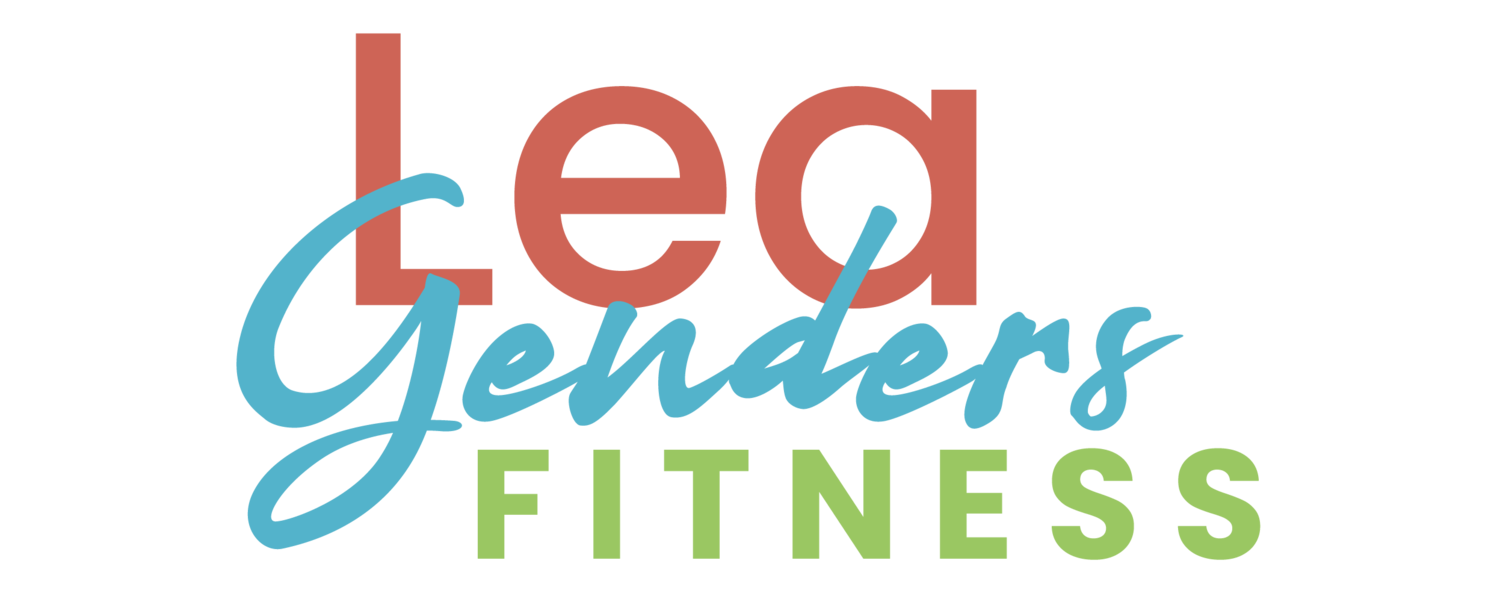
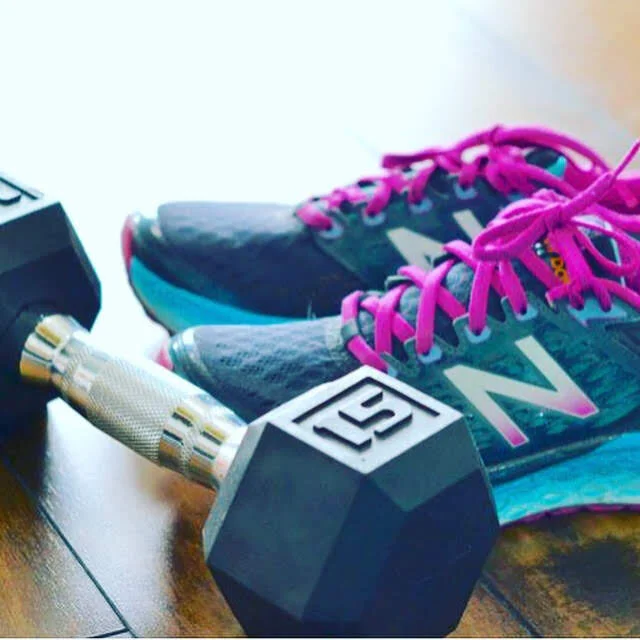







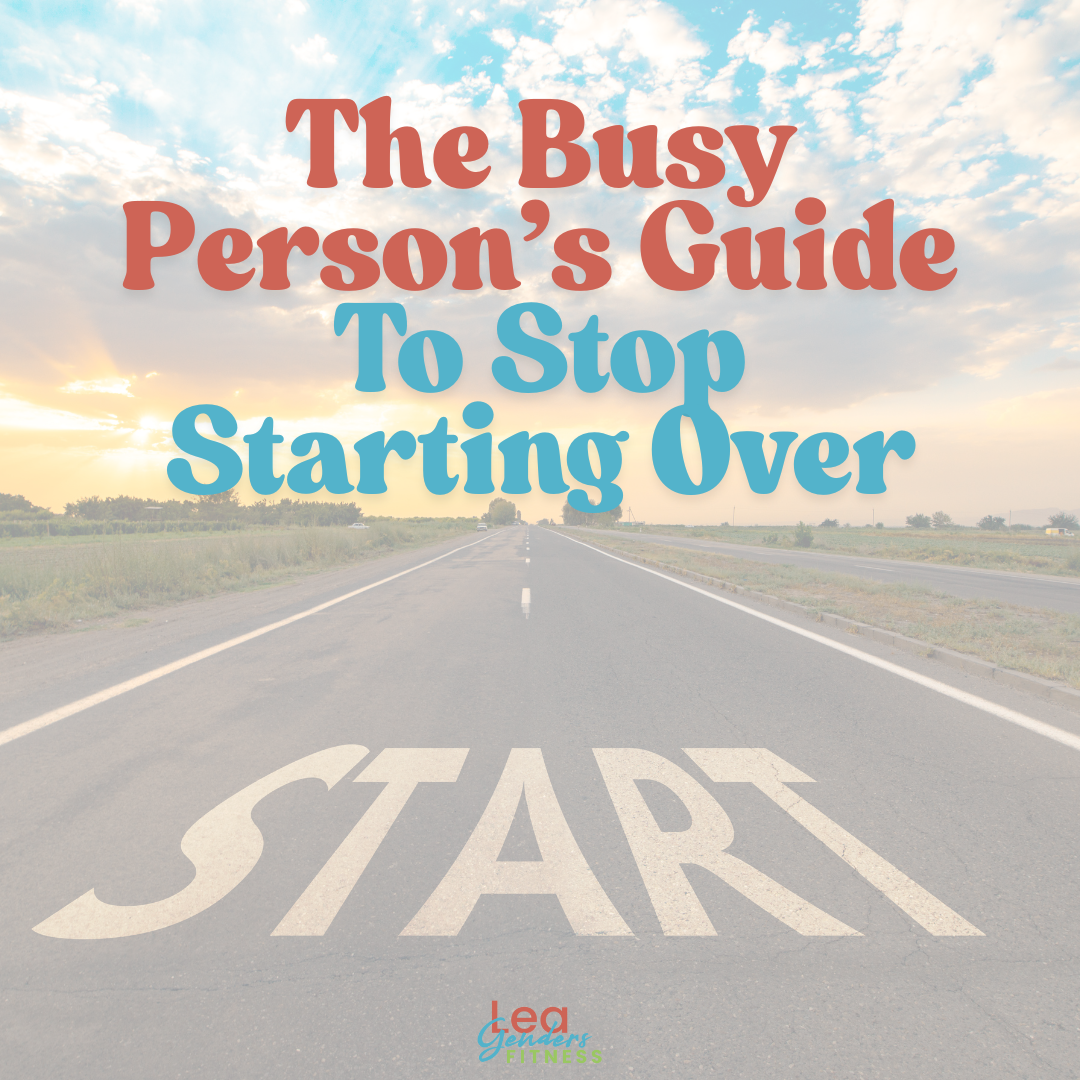

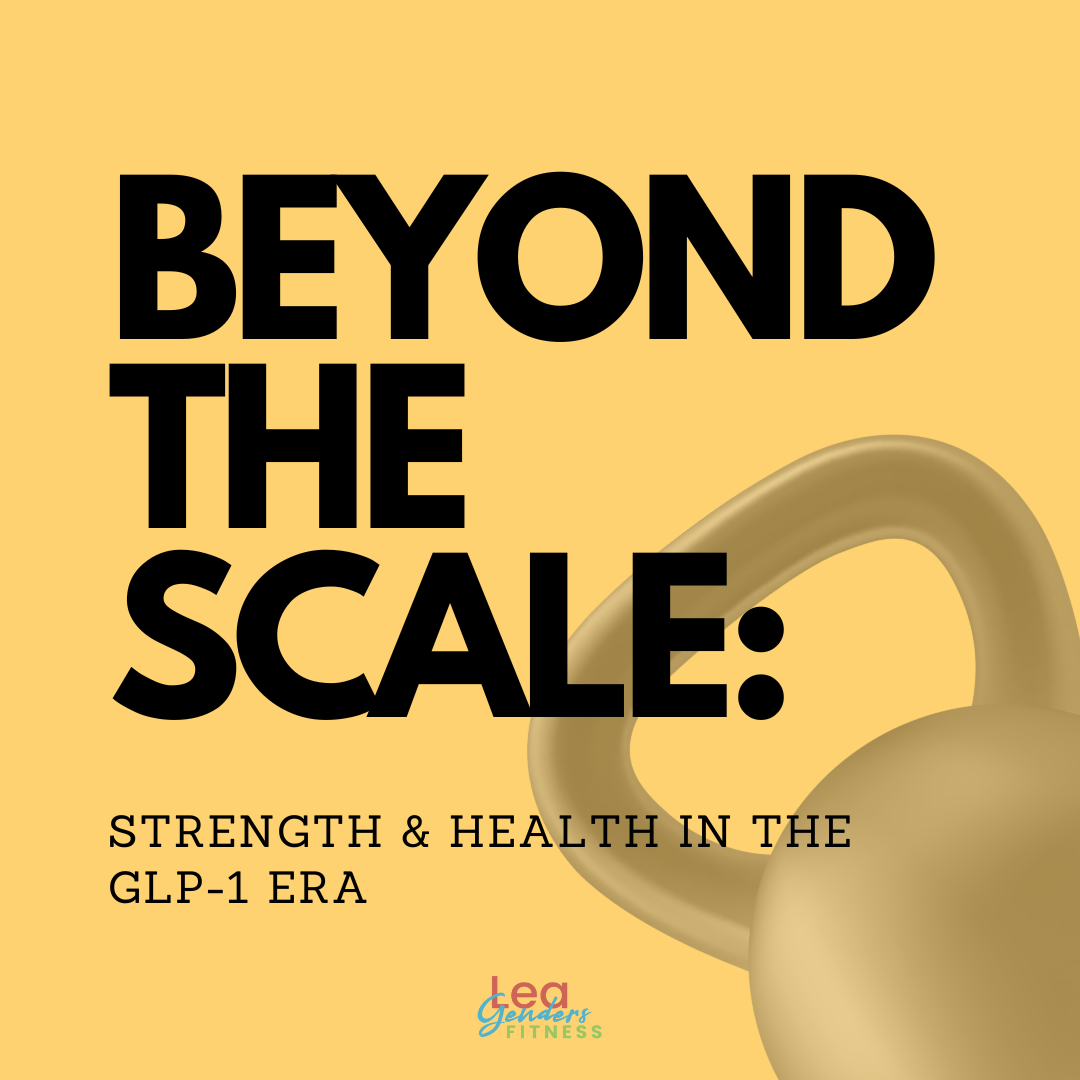









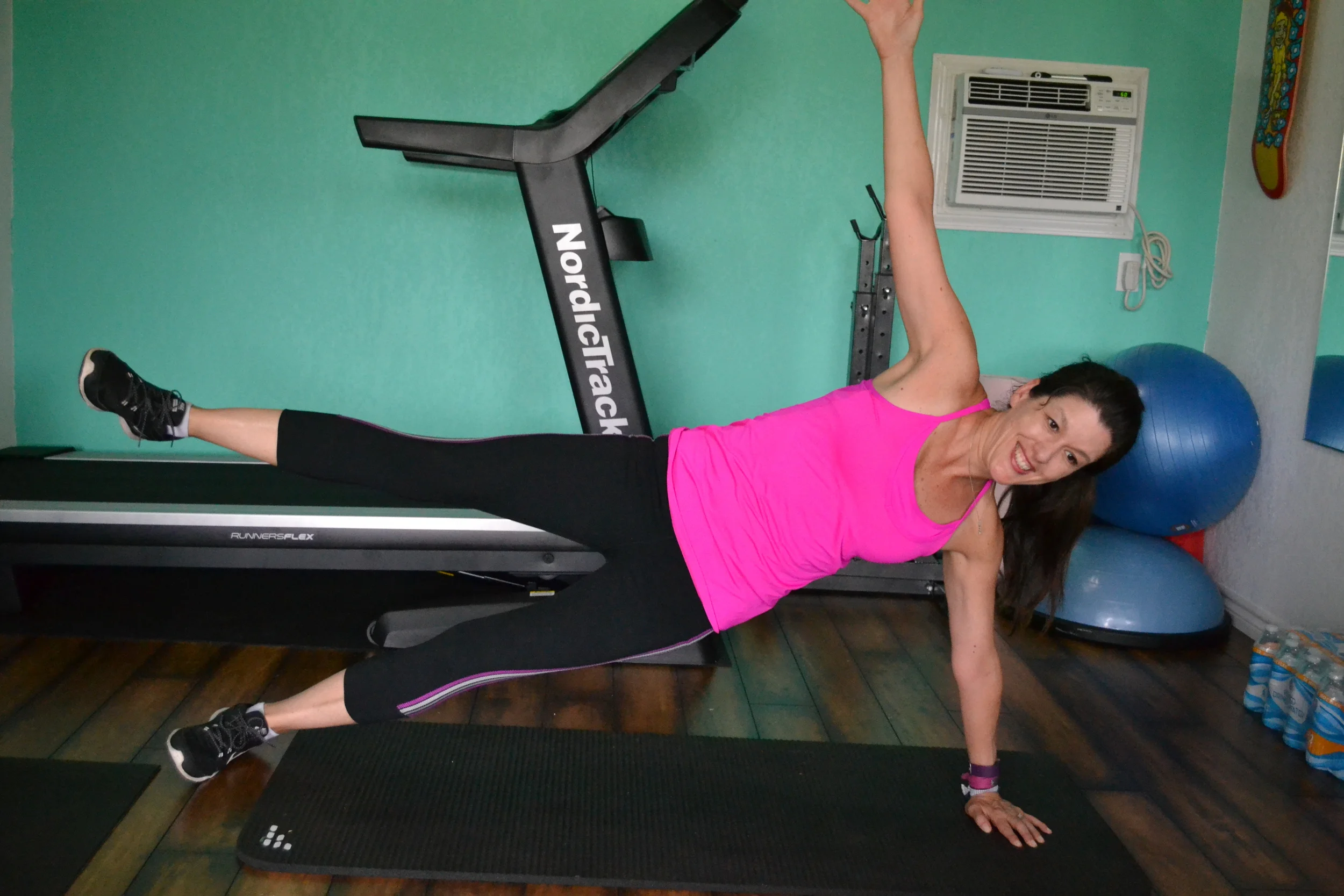



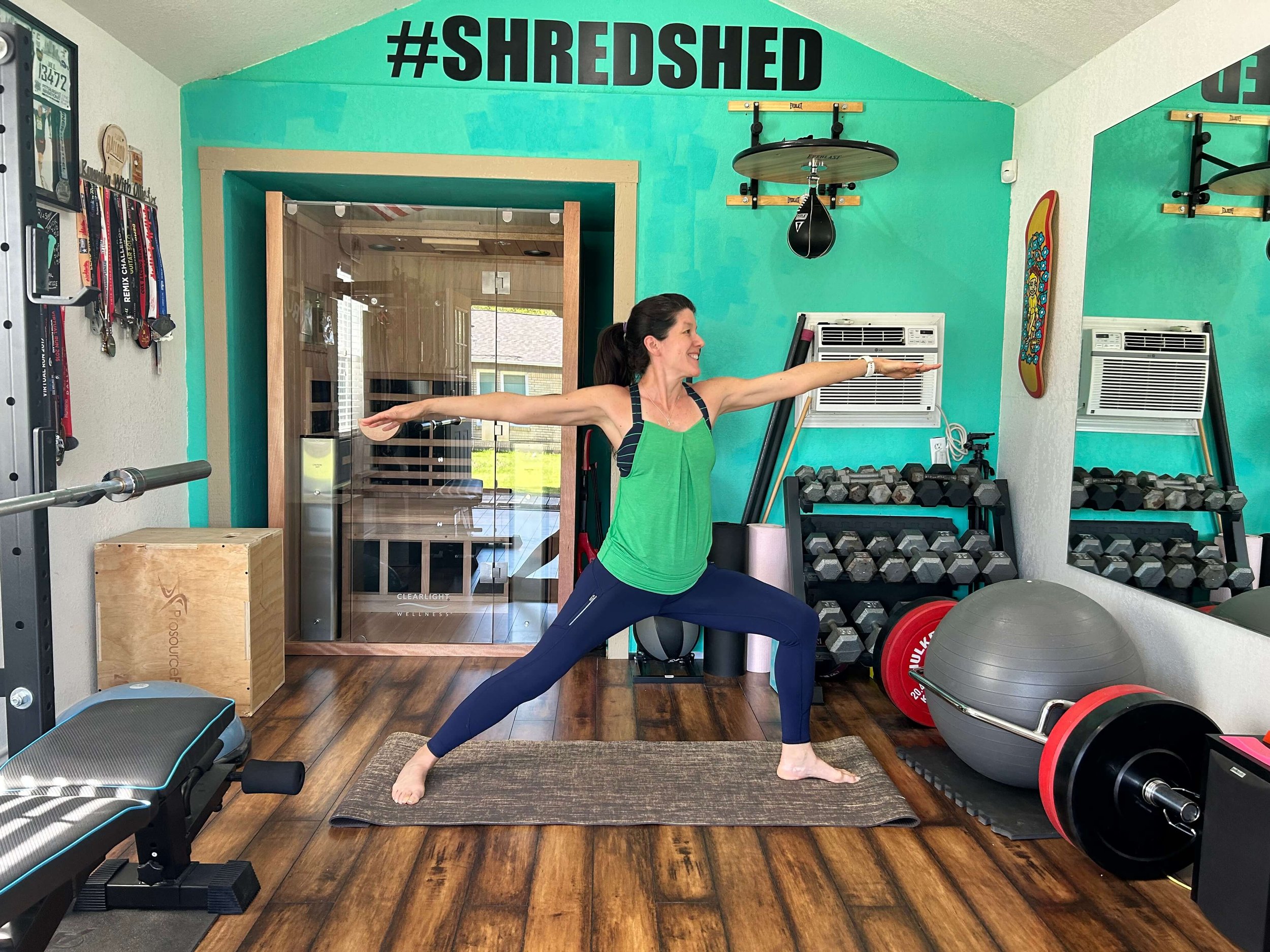

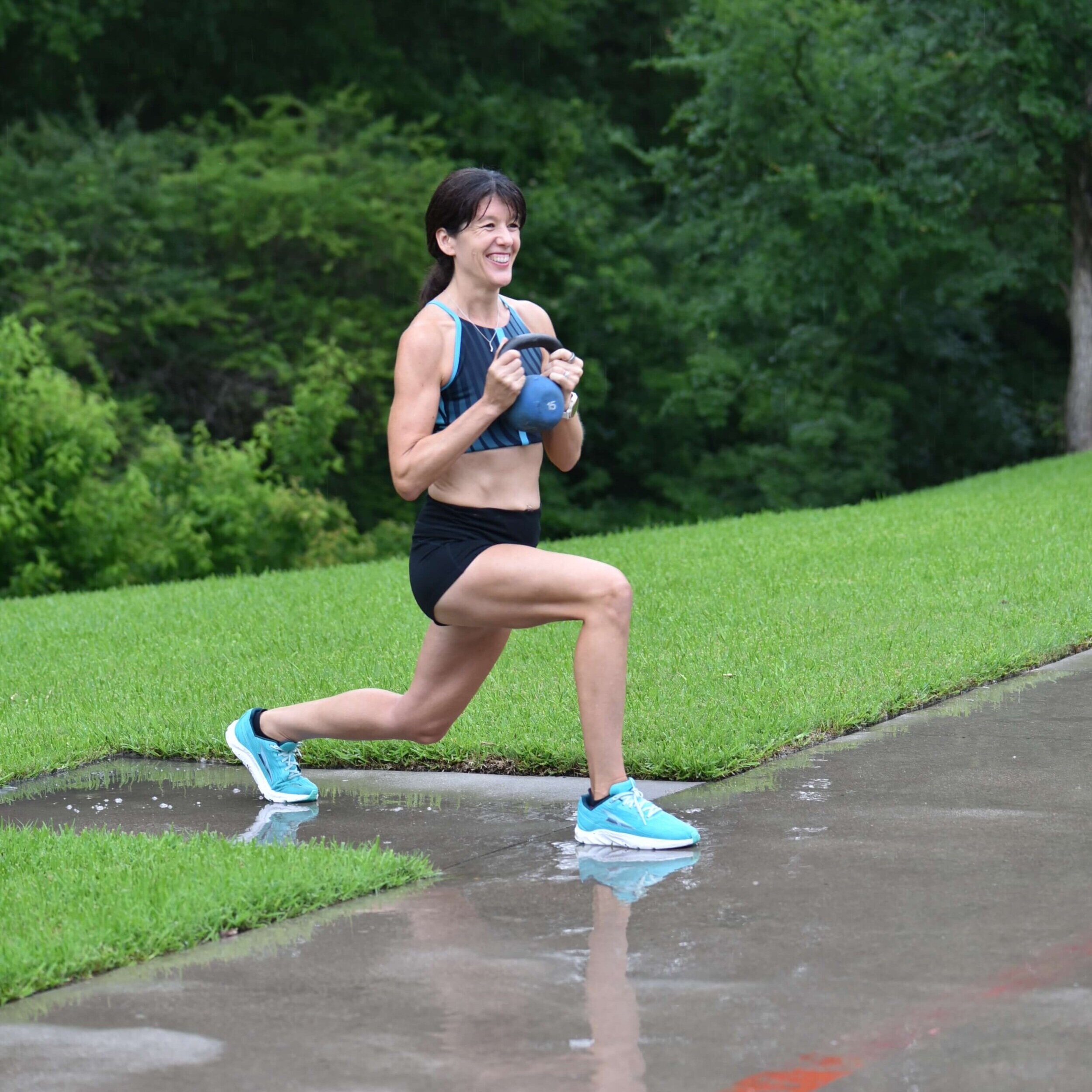

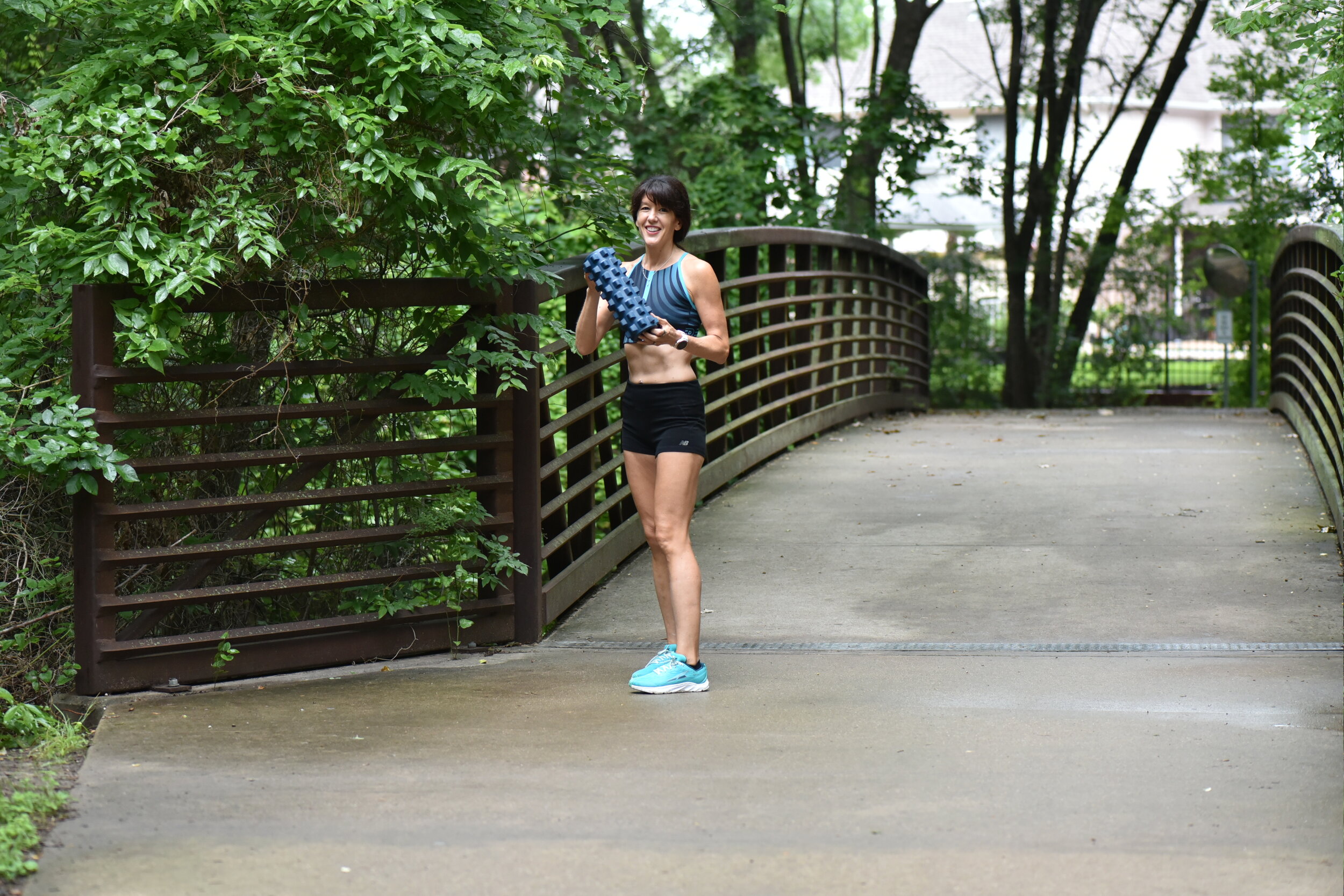
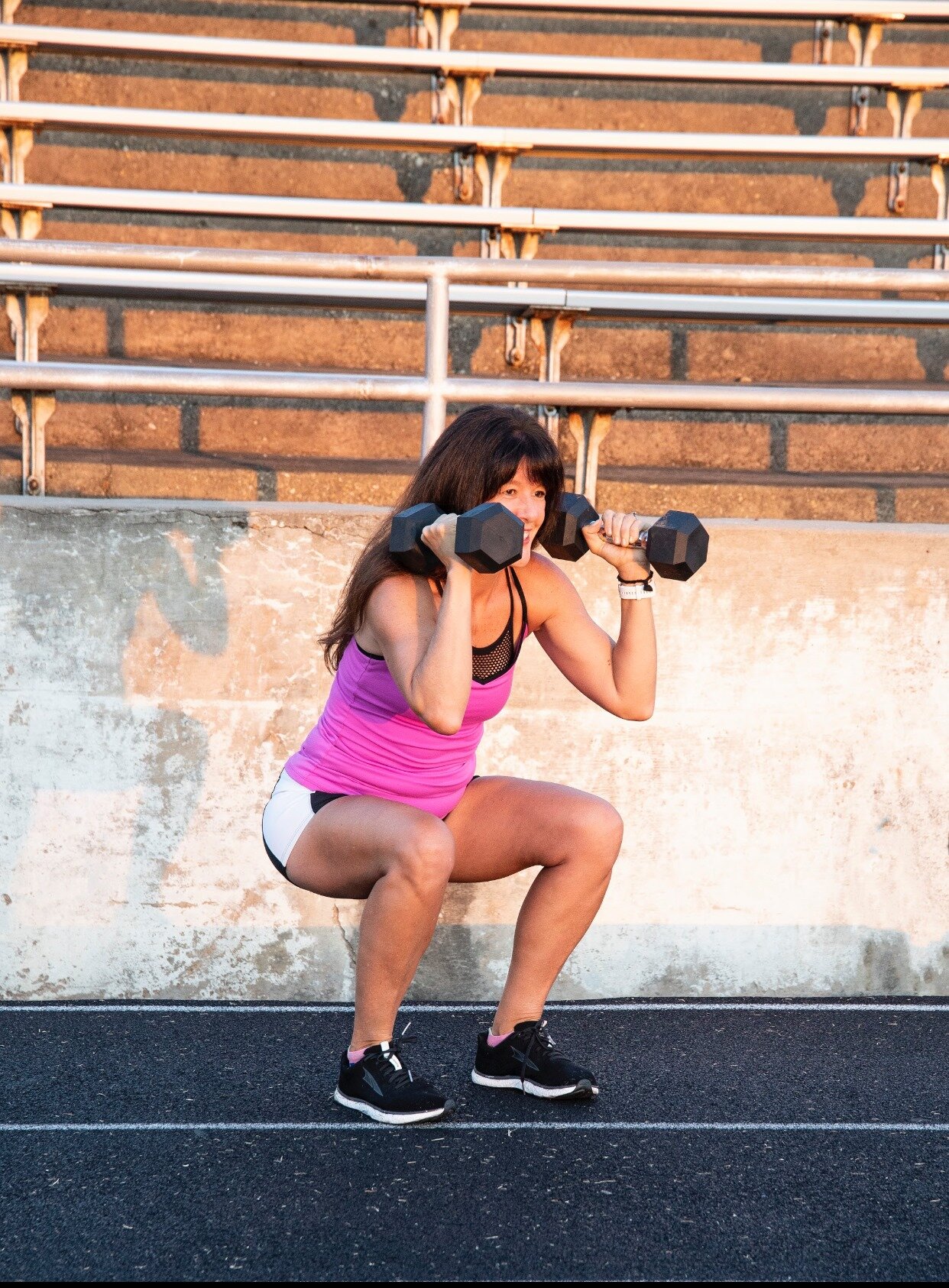












When progress feels slow or uncomfortable, it’s tempting to chase something shiny: a new diet, a new plan, a total overhaul. But what if the problem isn’t your plan? What if it’s just the part where it gets hard? In this post, I’m sharing the simple mindset trick I use to stay focused when distractions pop up, and how the same approach can help you stop starting over in your health and fitness goals.